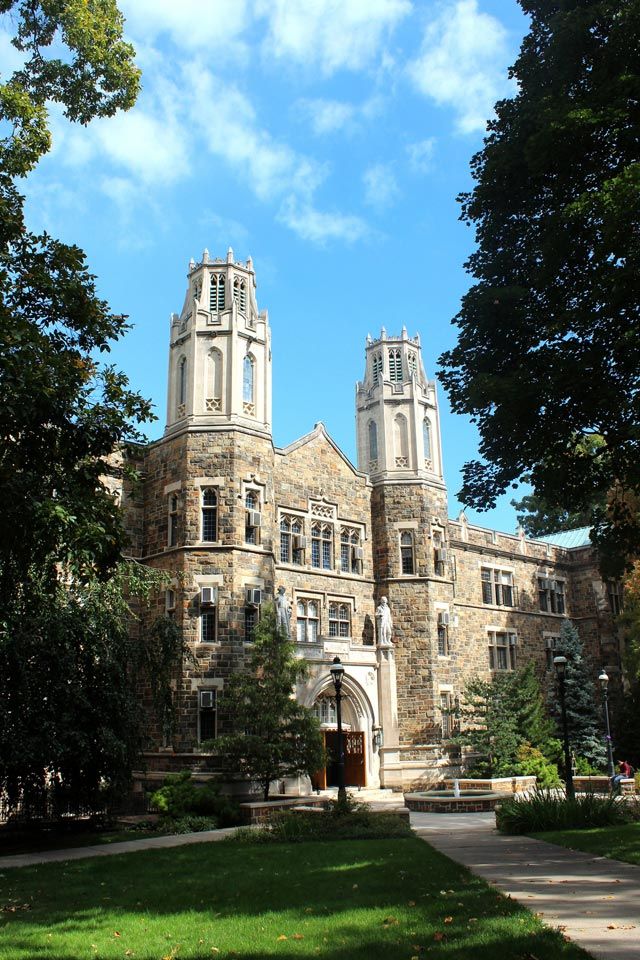Backed by a $2 million grant from NSF’s Division of Emerging Frontiers in Research and Innovation (EFRI), a research team is working to create a promising new method of producing renewable fuel.
Using only carbon dioxide, sunlight and water, the researchers hope to perfect a green, low-cost process that could enable the production of methanol— which can be used as fuel for cars, heating appliances, electricity generation and more—at commercial scale. The EFRI award builds on the success of two Lehigh grants that enabled chemical and bioengineering professors Steve McIntosh and Bryan Berger to produce low-cost quantum dots (QDs) from bacteria.
QDs, small semiconductor particles, have potential in transistors, solar cells, LEDs, lasers, medical imaging and even quantum computing. They are expensive to make, as they require the use of toxic solvents and chemicals at elevated temperatures. Berger’s novel idea to produce QDs from bacteria makes this technology green and affordable.
McIntosh and Berger worked with Chris Kiely, professor of materials science and engineering, to develop a low-cost method of producing QDs in bacteria. The team also includes biological sciences professor Robert Skibbens of Lehigh’s College of Arts and Sciences and Syracuse University chemist Ivan Korendovych.
The researchers will couple the QDs with a series of yeast-synthesized enzymes. The QDs will capture the energy in sunlight to generate an energetic electron and electron hole pair.
These excited species catalyze the removal of hydrogen from water and carbon from CO2, and produce methanol, a renewable liquid fuel, in a continuous flow process.
The group’s unique biosynthetic process to produce QDs, says McIntosh, enables control of the dots’ particle size and, with that, the wavelength and energy of light captured. It is cheaper than using precious metal catalysts, and it makes large-scale production of liquid fuels far more feasible.
“The biosynthetic QDs not only allow us to design processes to produce liquid fuel at dramatically reduced cost, but also enable the development of an environmentally friendly, bio-inspired process unlike current approaches that rely on high temperatures, pressures, toxic solvents and precious metal catalysts,” Berger says.
“This unique approach to liquid fuel synthesis will reduce both cost and environmental impact.”
“In the process of trying to achieve our goals on this project, we also will learn valuable lessons that will advance science in other ways,” says McIntosh. “Making QDs more cheaply and efficiently has many applications, such as efficient lighting, biomedical imaging and displays.
“Currently, there is no commercial route to directly and photocatalytically produce liquid fuels. Certainly, using sunlight to create liquid fuel is a high-risk, high-reward proposition, but that is what is so exciting. The implications for our nation’s economy are significant.”

